My first introduction to AAW was at CanJam when I listened to the Canary. It had great skills, for sure. But what impressed me the most was how memorable and full of personality the sound signature was among the sea of other IEMs at the show. So, I was very interested to see what AAW could come up with in the under $1000 range. At $799, these buds are around 200-300 bucks cheaper than more famous models like the IE 800S and the Andromeda. Can they match the allure of their competitors? Let’s find out in this AAW Ash IEM Review.
AAW Ash IEM Review
IN the BOX
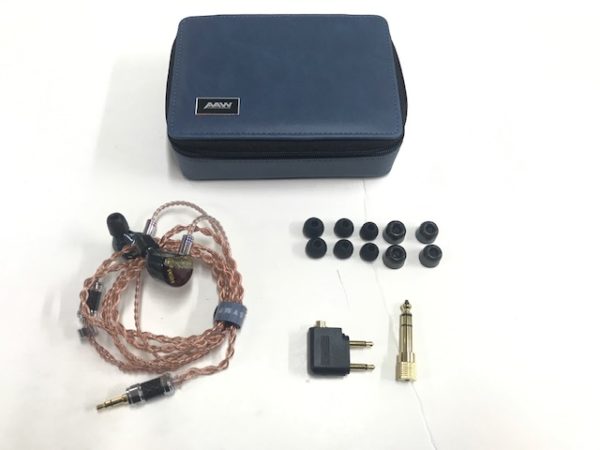
FIT
I was satisfied in this department. Smooth contours and a good seal made for a comfortable fit even through long listening sessions. Though the shells are substantial, they’re also extremely light with great ergonomics. And using the foam tips, I found the sound isolation to be effective as well. The other nice feature is that the memory wire has a kind of elastic quality. So, you don’t need to spend time molding them around your ears.
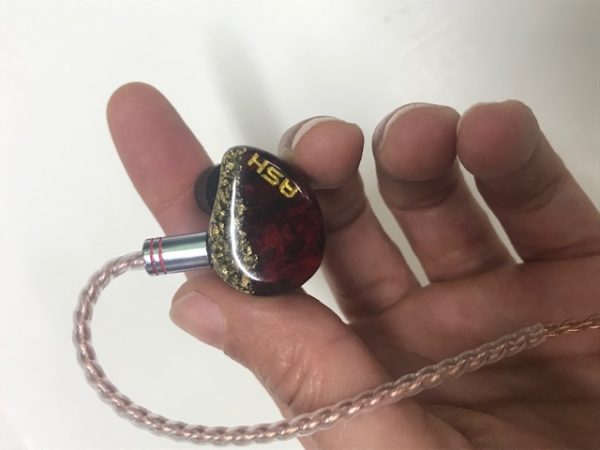
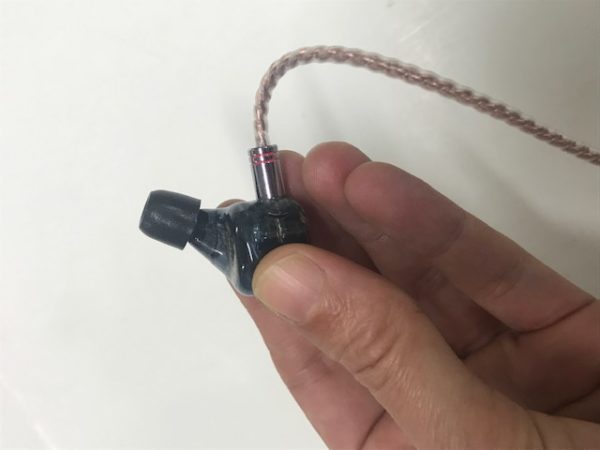
DESIGN
The Ash sports a 7 driver hybrid design. A 13mm draphene dynamic driver juices the lows and low-mids, while the 6 balanced armatures handle the higher frequencies. And a 4-way crossover design is employed to steer the ship.
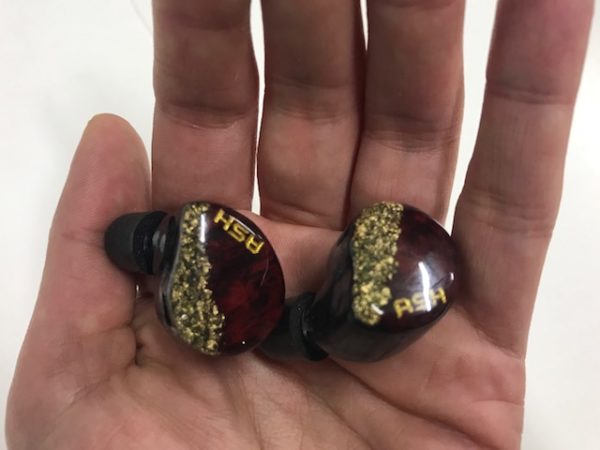
The 2-pin 48” Symphonym Tiburon Cable is nice and thick with a solid and blinging termination. These buds are easy to drive. And for the purposes of this review, I used the FiiO Q5. (Foam tips).
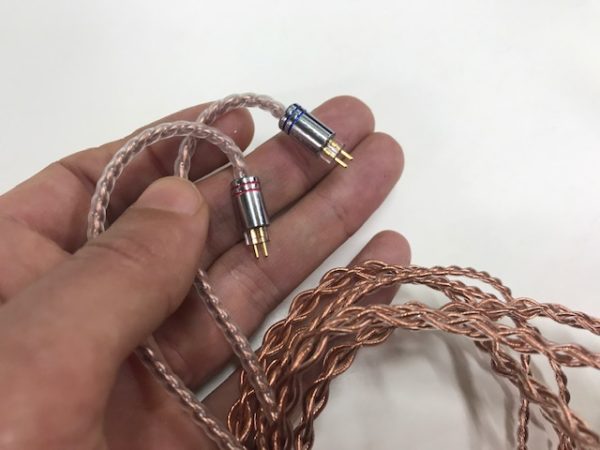
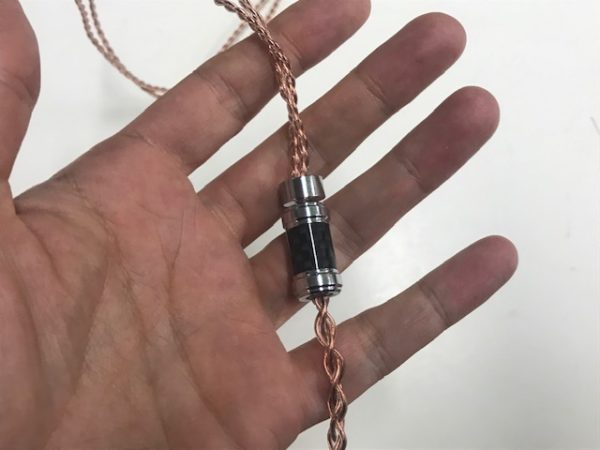
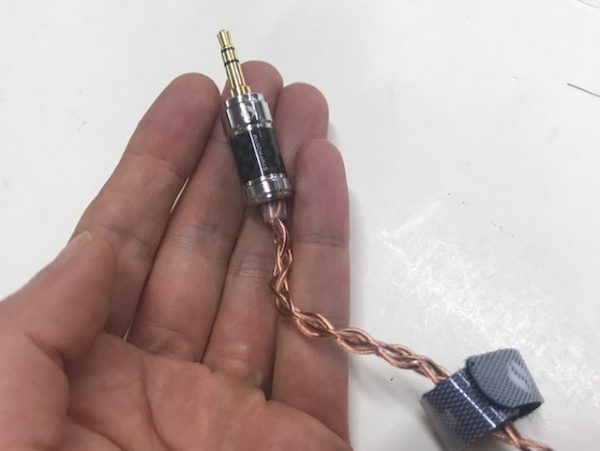
SOUND
Lows
Listening to pop, there was some good grip and speed in the low end, even if it’s not an extremely disciplined bass. You won’t get an overload of punch and richness, but it definitely has color and depth. The lows are also quite clean. And, listening to rock, there was a nice balance between warmth and separation from the higher frequencies.
Mids
You’ll hear an even sounding midrange. Those who appreciate a full-bodied feel when listening to rock and pop-rock will gravitate towards these buds. At the same time, folks who prefer a more dynamic flavor might feel that the vocals don’t sit forward enough. But I dig it. Again, it’s a well-separated sound, and the layering is clean, even in convoluted arrangements. Also, one of my favorite things about the Ash is the drum attack it offers. Snares have plenty of tight impact, bringing tons of energy to the track. And listening to cellos, there was good transparency and richness in tone. So far, this is sounding like a versatile IEM.
Highs
Testing out some classical tracks, violins, though sufficiently transparent, leaned on the smooth side, giving the instrument a fluid feel. At the same time, this is not a dark headphone, and percussion instruments convey a lot of crispness and sparkle. And listening to trumpets in the very highest registers was difficult at times. Still, the Ash avoids too much brightness. It may not be as forgiving on the ears as the Sennheiser IE 800 S, for example. But with the foam tips, even sensitive folks should find them okay for long listening sessions.
Soundstage
The Ash presents an impressively accurate and multidimensional soundstage. There was plenty of depth and height, and the degrees in dimension felt precise. So, though the spaciousness is decent, it’s the imaging that stands out as great.
SUMMARY
Though it may lack the star-quality charisma of other slightly higher priced IEMs in this echelon, it certainly doesn’t fall behind in terms of skill. Fast and well-balanced with a great soundstage, these buds are super fun for pop. The Ash also has plenty of body to give rock a meaty flavor, while the tidy separation works well for folk too. At the same time, classical and jazz fans might appreciate a lighter and more nuanced high-end. But other than that, this is a versatile and aesthetically gorgeous IEM, perfect for the budding audiophile.

